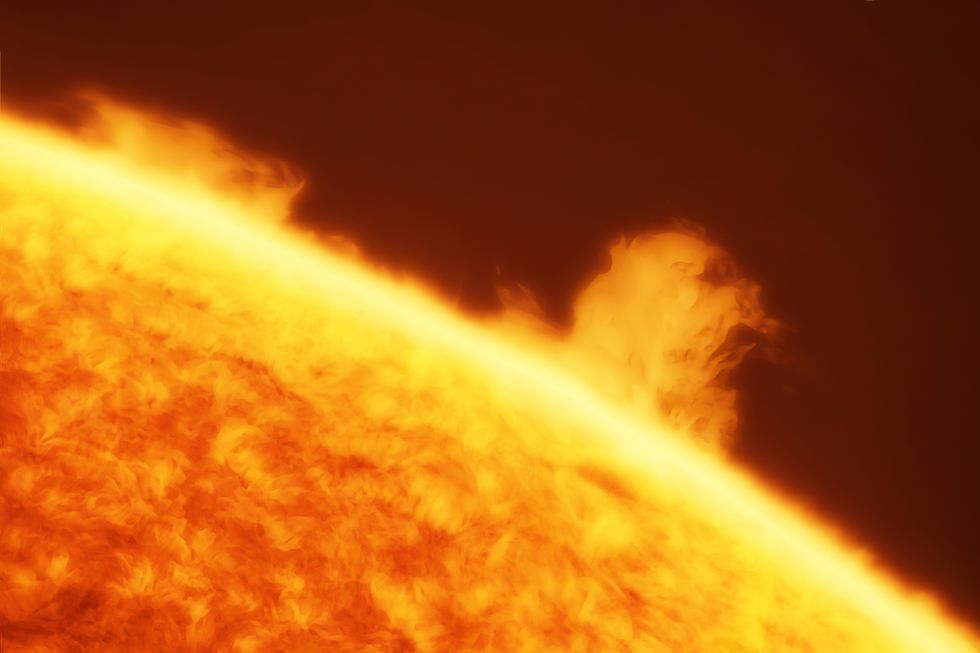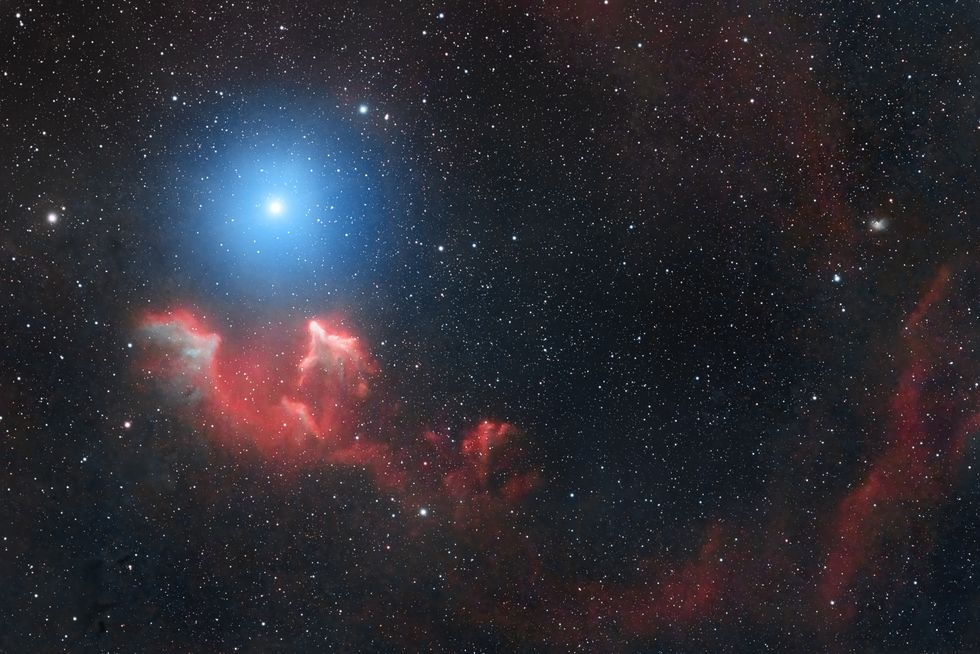Scientists stunned after 'interstellar tunnel' connecting our solar system to other stars discovered
Information was gathered from up to 930,000 miles away from Earth
Don't Miss
Most Read
Latest
Scientists have been left stunned after discovering an "interstellar tunnel" connecting our solar system to distant stars.
Researchers from the Max Planck Institute identified two hot tunnels which stretch across vast regions of space in a new study.
Using the eROSITA X-ray telescope, a satellite which was launched in 2019, scientists collected thousands of measurements of the sky.
**ARE YOU READING THIS ON OUR APP? DOWNLOAD NOW FOR THE BEST GB NEWS EXPERIENCE**
It was from studying these measurements that scientists discovered the sun sits in the middle of a low-density bubble, approximately 300 light-years across, from which large interstellar tunnels emerge.
One tunnel links our solar system with the Canis Major constellation.
Another stretches out towards the constellation Centaurus and punches through the surrounding cool regions of space.
Now, scientists believe these two channels could be part of a much larger system which has branches connecting different star-forming regions.

The sun sits in the middle of a low-density bubble, approximately 300 light-years across, from which large interstellar tunnels emerge
|GETTY
For a long time, scientists have been aware of a "Local Hot Bubble" in our solar system, which is a section of hot, less-dense space.
It is thought this area is a "supernovae graveyard", meaning it was formed by the explosions of dying stars 10 to 20 million years ago.
Once an extremely massive star has burned through its fuel, it collapses in on itself, generating enough pressure to explode into a supernova.
These blasts leave behind a hot, low-density cavity due to the creation of a wave of hot plasma which pushes gas and dust along with it.
LATEST NEWS ON SPACE:

The cleanest map ever of space has been produced thanks to these new findings
|GETTY
Initially, the region was proposed in order to explain findings of "soft X-rays" which are photons carrying very small amounts of energy.
However, because these soft X-rays are not able to travel very far through space without being absorbed, their detection suggests there could be an X-ray emitting plasma which has pushed everything else out of the way.
Through using the eROSITA to take measurements 930,000 miles (1.5 million kilometres) away from Earth, researchers have managed to measure faint traces of radiation.
These were used to make the cleanest X-ray map of the universe ever produced, alongside measurements from the German ROSAT X-ray telescope, launched in 1990.
However, the sensitive measurements also produced some strange results.
Having divided the Milky Way into 2,000 different sections, scientist discovered the Galactic North was cooler than the Galactic South.
This means the Local Hot Bubble is travelling in the direction of least resistance and stretching away from the Galactic Disc.
While Dr Michael Freyberg, co-author of the report and scientist from the Max Planck Institute, said this was already known, he added: "What we didn't know was the existence of an interstellar tunnel towards Centaurus. "







